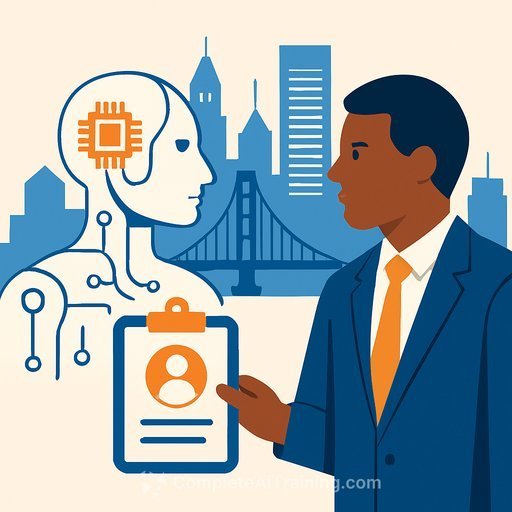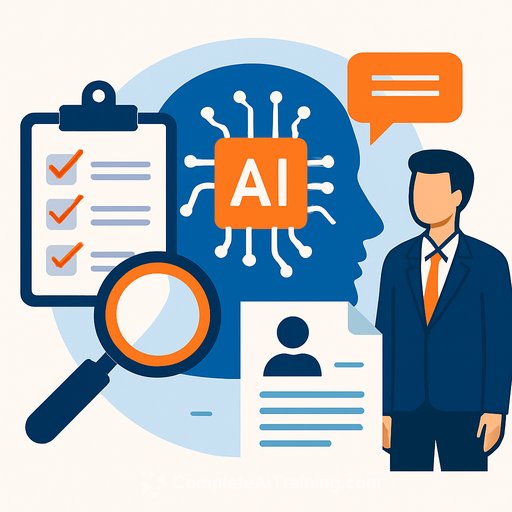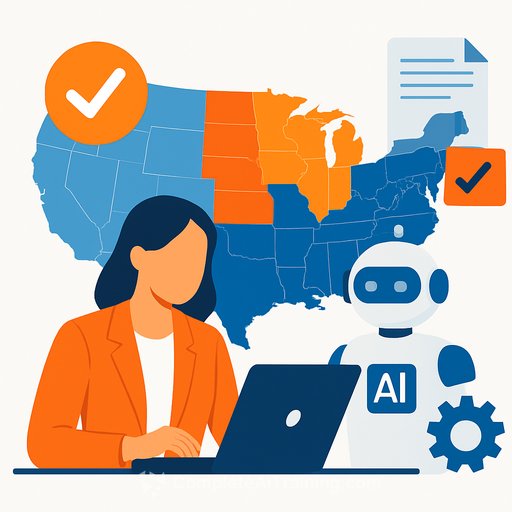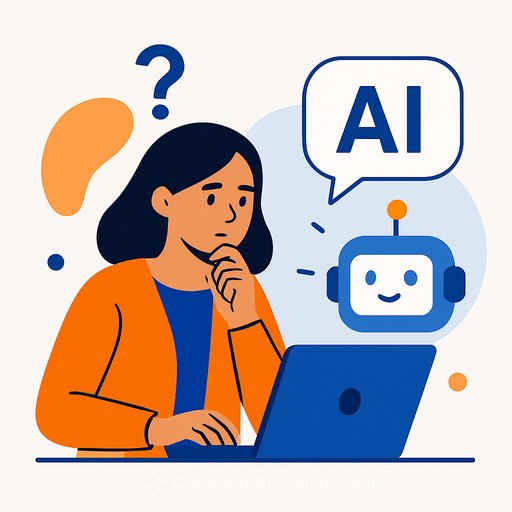Six in 10 companies lack AI training: what HR needs to do next
AI use is inching up in Canadian workplaces, but capability isn't keeping pace. More than half of hiring managers (54%) say their organizations use AI, up from 52% last fall. One in five (21%) now use it regularly, up from 16%. Yet 59% admit they don't have the resources or training to help employees use AI effectively.
Employees feel the gap too-59% of employed job seekers say their companies aren't prepared to support them in adapting to AI. The good news: 64% of hiring managers agree that training employees on AI is essential for long-term success. Translation for HR: the mandate is clear.
Adoption is climbing. Readiness isn't.
AI tools are moving from pilot to practice, but most teams are figuring it out on the fly. That creates risk-compliance, quality, and morale-alongside missed productivity wins. HR is the lever to close the skills gap with structured enablement, not ad hoc exploration.
As one industry leader put it, the goal is balance: use AI for efficiency while protecting the human strengths that matter-judgment, creativity, and collaboration. Technology should amplify people, not replace them.
Job security fears vs. what's actually happening
Concern is widespread. Nearly two-thirds (63%) of job seekers worry AI will reduce employment opportunities, and 46% fear their own jobs could be eliminated. Younger workers feel it most: Gen Z (55%) and millennials (52%) report higher fear than Gen X (33%) and baby boomers (16%).
Yet recent data suggests limited direct job impact so far. Among Canadian businesses that used AI in the past 12 months (12.2% of all businesses), 89.4% reported no change in employment levels. A year earlier, 84.9% reported no change. The share saying AI increased employment fell from 8.8% (Q2 2024) to 4.3% (2025). Most companies also reported minimal reduction of tasks previously done by employees.
Skills at risk (according to workers)
- 44% worry employees will lose the ability to think creatively
- 43% think workers will put in less effort
- 37% expect a decline in problem-solving
- 35% cite slower skill development
- 31% predict weaker teamwork and collaboration
These aren't reasons to avoid AI. They're signals for what to train, measure, and protect.
Where job seekers already use AI
- 81%: drafting resumes and cover letters
- 70%: creating professional headshots
- 61%: producing work samples
- 55%: answering interview questions in real time
HR should set clear guardrails for acceptable use in applications, portfolios, and interviews to keep hiring fair and consistent.
What HR can do this quarter
- Define the why: Pick 3-5 priority outcomes (time saved, quality, compliance, candidate experience).
- Run focused pilots: Start with repeatable workflows (JD drafting, candidate screening summaries, onboarding docs, policy Q&A).
- Set standards: Create prompt libraries, style guides, and data-use rules. Simple beats perfect.
- Train the managers first: If managers can't review AI-assisted work, quality slips fast.
- Build an acceptable-use policy: What's in/out for hiring, performance, and sensitive data.
- Measure real impact: Track hours saved, error rates, time-to-fill, quality-of-hire signals, and employee confidence.
- Create AI champions: One per team to share wins, troubleshoot, and keep practices current.
- Integrate into onboarding: Make "how we use AI here" part of day one.
- Schedule office hours: Weekly 30-minute clinics to review prompts and outputs on live work.
A 90-day training plan
- Weeks 1-2: Assess tools in use, map top 10 workflows, identify risks, pick 3 pilot use cases.
- Weeks 3-4: Deliver baseline training (prompting, review standards, privacy). Share approved tools and example prompts.
- Weeks 5-6: Run pilots with small teams. Collect before/after metrics and examples of good vs. bad outputs.
- Weeks 7-8: Create SOPs from pilot learnings. Lock in guardrails and review checklists.
- Weeks 9-12: Roll out broadly. Add microlearning, office hours, and a feedback loop for continuous updates.
If you need a ready-made curriculum, explore job-specific AI course paths and certifications here:
Bottom line for HR
Adoption is rising. Confidence isn't. The data shows limited short-term job loss, but employees are anxious and skills could slip without structure.
Close the gap with clear policies, practical training, and measurable pilots. Teach teams how to use AI well-and how to keep the human strengths that make work worth doing.
Your membership also unlocks:






